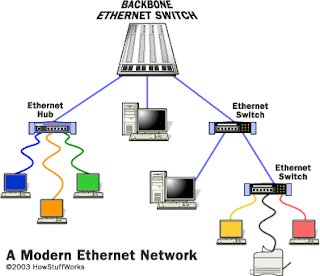AP Computer Science continued Chapter 4 on the static java.lang.Math class (sqrt(), pow(), min(), max(), abs()) and the immutable java.lang.String class (length(), substring()). We also talked about the differences between ints, doubles and Strings. We used java.util.Scanner for input and javadoc to document our methods. We'll start Lab 4 next week.
APCS Chapter 4 Exercise 13 QuadraticEquation.java
APCS Chapter 4 Exercise 17 Month.java
APCS Chapter 4 Exercise 18 Easter.java
Computer Math finished Chapter 3 on Pythonic Functions and is working on Lab 3. Chapter 4 is on Sequences, Series and loops is coming soon!
CM 305 Functional Arguments
https://clemix.clemson.edu:34567/home/pub/229
Calculus Research Lab started Chapter 3 about the Definition of the Derivative as the limit of the Difference Quotient! Lab 3.8 starts on Monday. So, we're back to a YouTube Wednesday week.
CRL 308 Derivative Defined
AP Calculus BC practiced FRQs related to implicit differentiation, optimization and related rates. Then we had a test on FRQ Friday! We have our second MCQ Monday this coming week. Last time it was 20 questions from a Part IA without a Graphing Calculator. This time it'll be 14 questions from a Part IB with a Graphing Calculator. Unit 5 introducing Integrals starts Tuesday.
MCQ 2003 AB Part IA
BC 408 Optimization
BC 410 Related Rates
PreCalculus for Seniors finished Chapter 4 with a section on Quadratic Inequalities. Then we had a test on FRQ Friday! Chapter 5 using Inverse Functions to solve equations analytically starts on Monday.
PRE 404 Quadratic Inequalities
HTH, I hope you enjoyed this week's notes!
APCS Chapter 4 Exercise 13 QuadraticEquation.java
APCS Chapter 4 Exercise 17 Month.java
APCS Chapter 4 Exercise 18 Easter.java
Computer Math finished Chapter 3 on Pythonic Functions and is working on Lab 3. Chapter 4 is on Sequences, Series and loops is coming soon!
CM 305 Functional Arguments
https://clemix.clemson.edu:34567/home/pub/229
Calculus Research Lab started Chapter 3 about the Definition of the Derivative as the limit of the Difference Quotient! Lab 3.8 starts on Monday. So, we're back to a YouTube Wednesday week.
CRL 308 Derivative Defined
AP Calculus BC practiced FRQs related to implicit differentiation, optimization and related rates. Then we had a test on FRQ Friday! We have our second MCQ Monday this coming week. Last time it was 20 questions from a Part IA without a Graphing Calculator. This time it'll be 14 questions from a Part IB with a Graphing Calculator. Unit 5 introducing Integrals starts Tuesday.
MCQ 2003 AB Part IA
BC 408 Optimization
BC 410 Related Rates
PreCalculus for Seniors finished Chapter 4 with a section on Quadratic Inequalities. Then we had a test on FRQ Friday! Chapter 5 using Inverse Functions to solve equations analytically starts on Monday.
PRE 404 Quadratic Inequalities
HTH, I hope you enjoyed this week's notes!

Learning with Technology,






